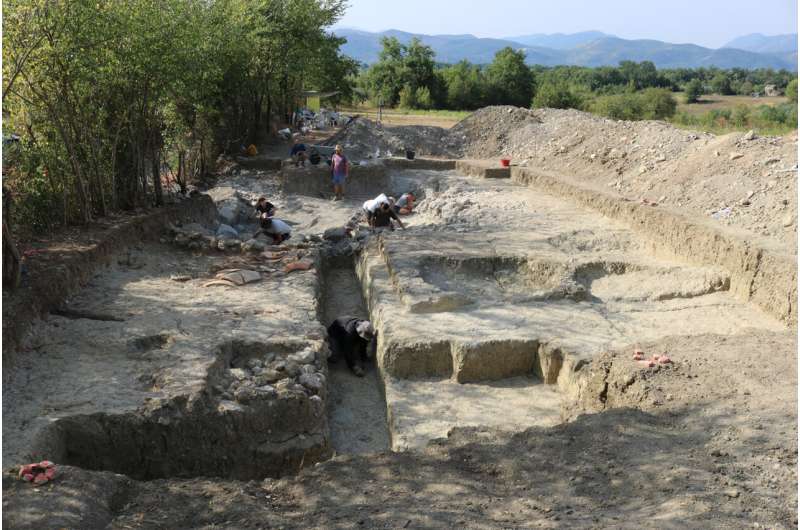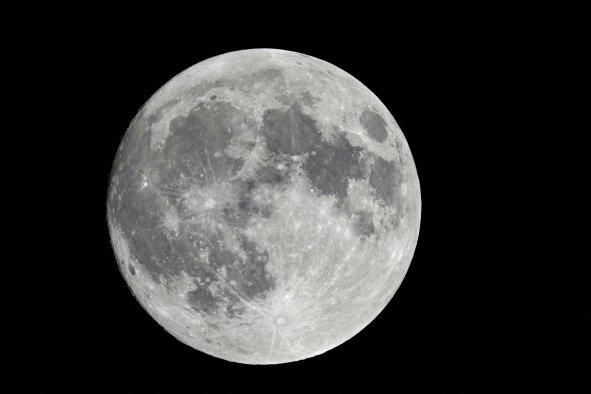Your support helps us to tell the story
Support NowOur mission is to deliver unbiased, fact-based reporting that holds power to account and exposes the truth.
Whether $5 or $50, every contribution counts.
Support us to deliver journalism without an agenda.

Louise Thomas
Editor
A city besieged by the Romans over 2,000 years ago after its inhabitants rebelled against the empire was destroyed so completely that it remained uninhabited for nearly two centuries, archaeologists say.
Researchers excavated remains of the ancient Roman-allied city of Fregellae in present-day Italy to understand its social and economic fabric before and after its destruction in 125 BC.
Recent excavations at the oldest villa in the region, and a Roman military camp outside the city, suggest the attack destroyed the ancient city’s livelihood so badly that the area remained uninhabited for more than 170 years.
The villa – located about 100km from Rome – was built 80 years before Fregellae’s siege around 205 BC, and is the oldest structure of its kind uncovered in the region, archaeologists say.
Scientists found signs of the destruction caused by the Roman attack on the villa, including a layer of fire damage as well as fragments of pottery.

The excavation at the site is providing fresh insights into rural life and economic activities of inhabitants of the region at the time, they say.
Analysis of seeds and plant remains found at the site revealed that wine, fruit, and grain were produced in the ancient villa complex.
The wine was “not only for the local market”, but also for wider Mediterranean trade “as far as Spain and France”, researchers say.
Scientists now suspect the site’s destruction was likely meant to deal a blow to the livelihood of the city’s inhabitants.
The rebellion’s reason does not remain entirely unclear, but scholars suspect it may have been due to the people of the allied city demanding full Roman citizenship with complete legal rights especially in land ownership.
Around the time of the rebellion, Rome’s consuls were campaigning overseas, researchers say.
“The violent destruction caused lasting damage to the entire economy of the region. The landscape remained uninhabited for over 170 years until the area was finally used as a rubbish dump,” archaeologist Dominik Maschek from the Leibniz-Zentrum für Archäologie says.

Scientists also assessed the ruins of the Roman military camp on the outskirts of the ancient city.
They found that the camp, built specifically for the siege, covered an area of about 90 by 143 metres, surrounded by a rampart and a ditch.
This construction, researchers say, coincides with Roman military strategy and siege tactics.
“This new information consolidates our picture of the Roman siege in 125 BCE,” Dr Maschek said.
The Roman forces commanded by Lucius Opimius attacked the Latin town of Fregellae and destroyed it, an episode that came as part of a series of crises ultimately leading to the Social War of 91 BC to 87 BC when all of Rome’s Italian allies demanded full citizenship.
The latest findings reveal the extent of the destruction wrought by the Roman campaign against Fregellae, showing the changes that shook the surrounding cultural landscape after the attack.
Disclaimer: The copyright of this article belongs to the original author. Reposting this article is solely for the purpose of information dissemination and does not constitute any investment advice. If there is any infringement, please contact us immediately. We will make corrections or deletions as necessary. Thank you.



